For those farmers tail painting, picking up cows in heat and inseminating (DIY AI), often one of the missing ingredients is time. During the breeding season you need to make time to allow you do the job correctly. Some large herd owners employ a milker for the breeding season to allow them put time into: (1) keeping tail paint topped up; (2) ensure cows in heat are picked out for AI; and (3) that in-heat cows are inseminated in a timely and proper fashion. Other farmers will contract out AI to a technician.
While many farmers don’t thaw straws in water before inseminating, vet Jimmy Quinn maintains frozen AI straws should be thawed in a water bath for a minimum of 30 seconds in water at 30°C. Jimmy maintains the de-crystallisation process, or the rate of ice melting, in a frozen straw is too slow if you don’t thaw and you will see poorer conception results.
Some farmers ask about using one straw between two cows or splitting a straw. Jimmy says the danger with this is that an AI straw is not a standard product so you never know how many million sperm are in the straw. This and the fact that there are also fertility differences between bulls as different bulls freeze and thaw at different rates mean it’s difficult to predict the outcome.
A deep understanding of the physiology of a heat cycle is not essential for dairy farmers, but a working knowledge of what happens can remind you how important it is to get some of the basics right. Farmers using AI should optimise the amount of viable semen deposited in the cow.
1. If you are metrichecking cows (checking if a cow is dirty internally pre-service), ensure they are at least one month calved. If you metricheck your whole herd, the normal standard is probably to wash out one in 10 of cows that are metrichecked. If you do decide to wash out a dirty cow, Jimmy advises using a stainless steel rod to lodge Metricure (the only licensed Irish product) into cows in the same place where you deposit semen. However, he advised that if a cow is sick and very dirty internally, injectable antibiotics are probably better.
2. Over time, AI flasks need to be replaced. Often it is the plastic neck around the top of the tank than can be faulty and allow vacuum loss. Use a dipstick to monitor the tank and every time it is serviced, have it signed, dated and the nitrogen level written down. Remember to have freezer tags and a good inventory so you know what straws are in the flask.
3. The freezing process kills sperm but mishandling once straws are defrosted also kills sperm. A plug-in heated defrosting flask can cost up to €250. The cheaper option is an insulated mug and a thermometer, costing €20. Straws should not be more than five minutes in the thawing flask. Once defrosted, the faster you get the sperm out of the straw and into the womb of the cow, the better. So don’t thaw five straws together, especially if it will be 20 minutes before the last straw is inseminated.
4. Ensure goblets carrying AI straws are not cut or nicked near the top. Goblets should be full to the brim of liquid nitrogen. Best practice is to use a tweezers to select the straw you need – you may damage other straws if using your fingers. Be hygienic in everything you do with the straw once it’s out. Thaw it in clean water, cover it with an AI glove or chemise when thawed and on way to cow and don’t use any soaps or liquids as they will all kill sperm.







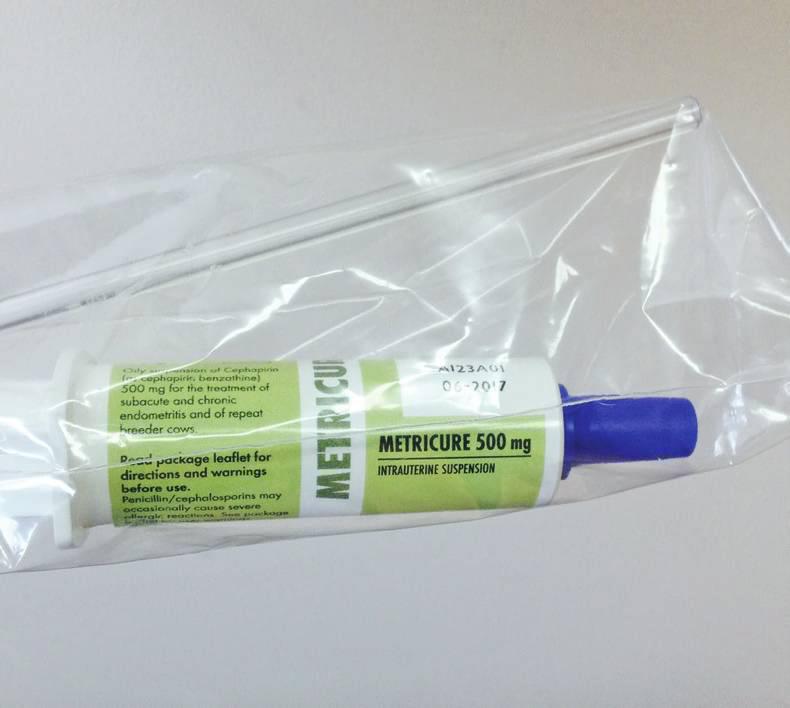
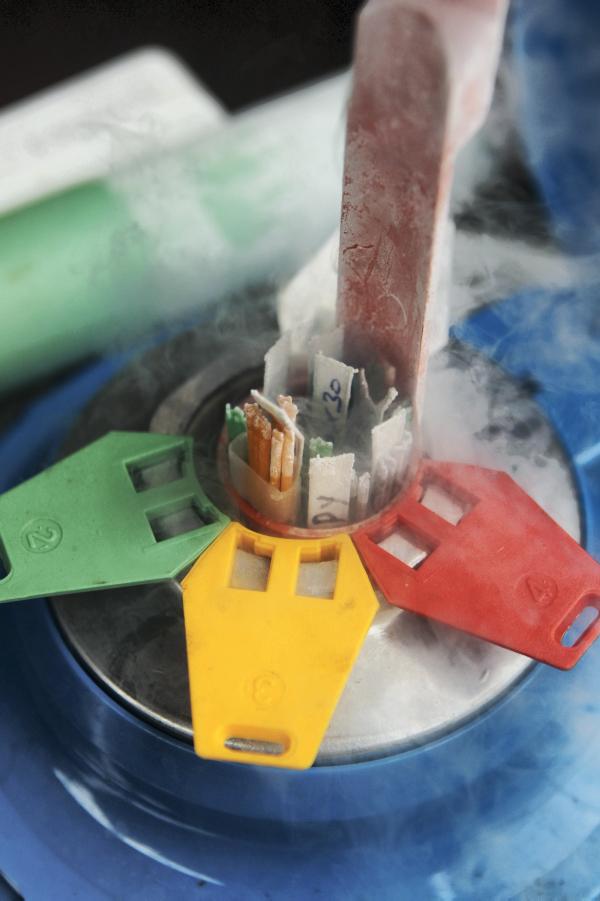

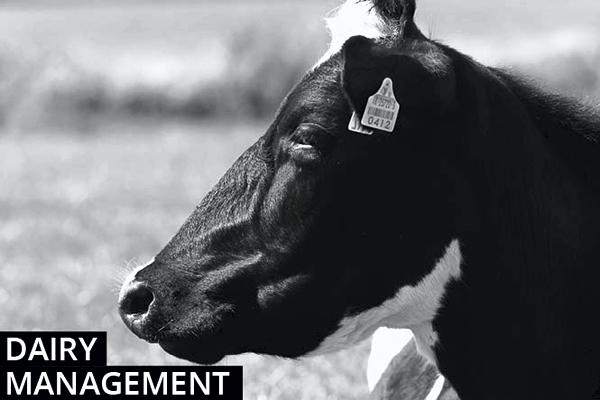
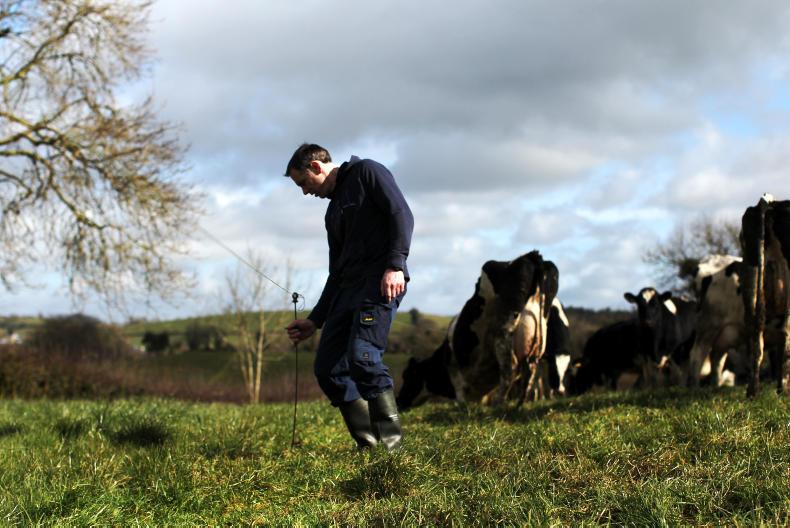
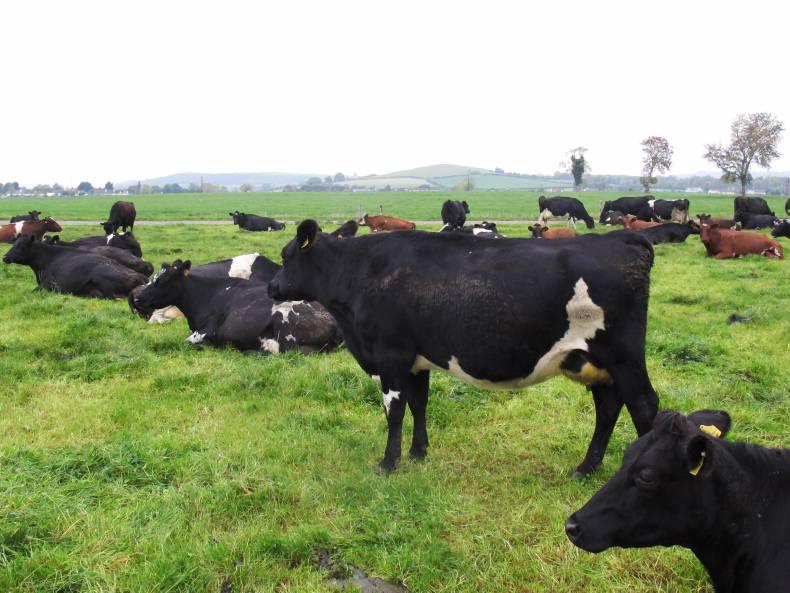
SHARING OPTIONS